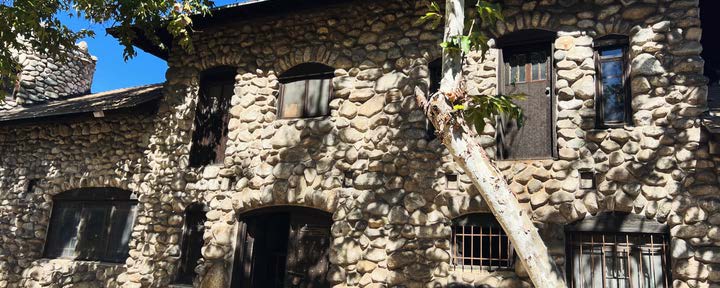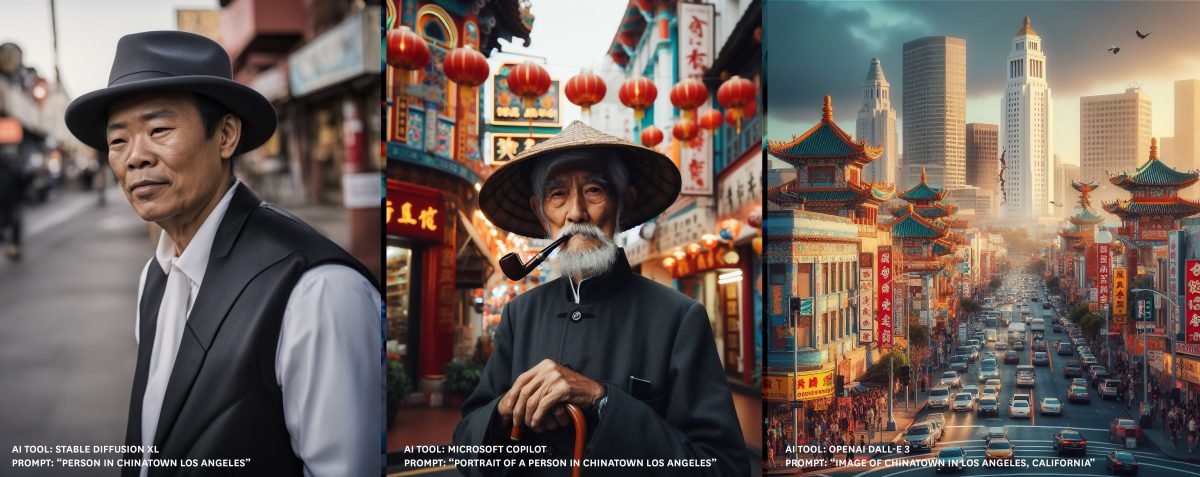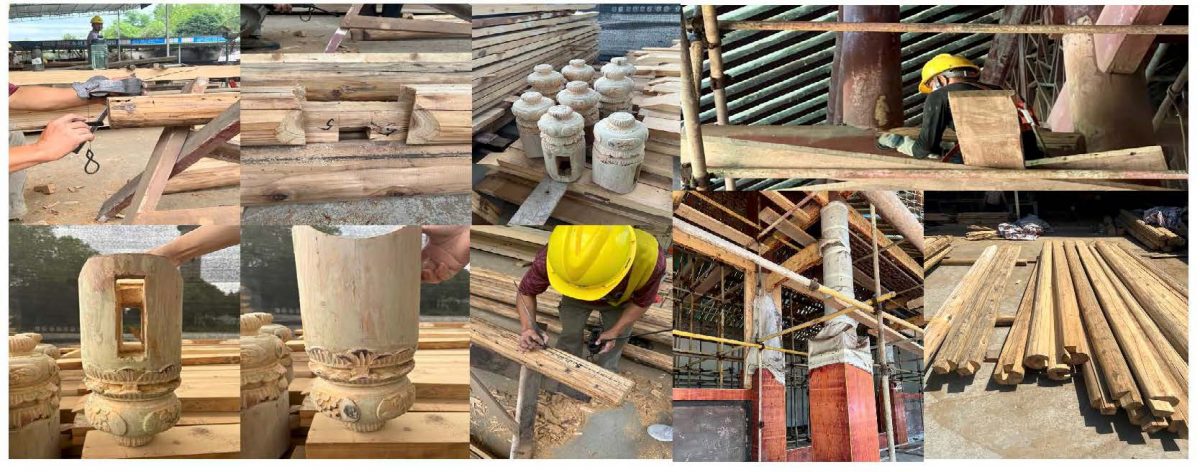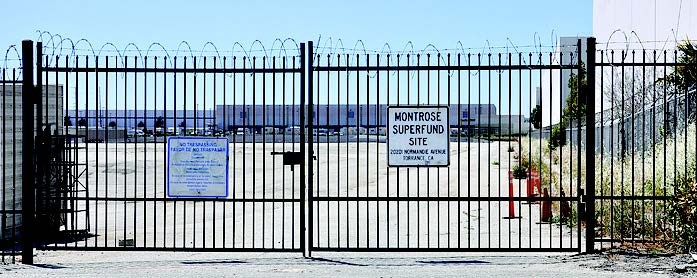Heritage lynching is the act of terrorizing and/or controlling an individual’s or a community’s heritage including built landscapes, physical artifacts, cultural forms, intangible culture and biological traits which affirm and reproduce identity (Franklin, 2024).
Eufaula, Alabama boasts over 700 structures on the National Register of Historic Places. State of Denial (Whitmore, 2022) highlights a whitewashing of history within the town. In 2021, more than $250,000 was given to preservation groups and none went to the preservation of Black or Indigenous histories. Behind the Antebellum houses and falsified historical markers (NPR, 2024), the preservation of a whitewashed history has all but erased the stories of racialized violence, land and political struggles.
As a descendant of one of the lynching victims of Eufaula, I understand the painful discourse for those who are left behind to preserve these erased histories and navigate the undecipherable geographies. According to Ida B. Wells (1900), “The nineteenth century lynching mob cuts off ears, toes, and fingers, strips off flesh, and distributes portions of the body as souvenirs among the crowd.” I vie that in the 20th century, lynching mobs cut off the legacies of individuals and communities through heritage and parses them out. In this thesis, I aim to confront the heritage lynchings by analyzing five specific lynchings as cases for consideration of preservation. This thesis will analyze the lynching of William “Willie” Jenkins, the Eufaula Voter Massacre of 1874, the land theft of Albert Street, the legacy of Elijah Franklin as both the first Black county commissioner and integrator of Eufaula High School and the killing of Hamp and Anthony Russaw.









